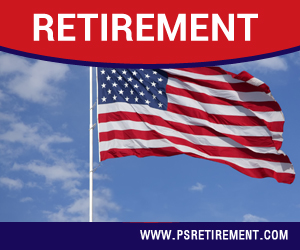The Defense Department has recently given a green light to phased retirement plan. In this plan, a person does not retire directly, the person works part time and gets paid accordingly until he fully retires. The phased retirement plan has been available for a few years now but OPM data states that only a few federal employees have signed up for it. Many other government departments may soon start the program as well.
 Phased Retirement for Civilians
Phased Retirement for Civilians
- Also Read: The Latest Federal Employee News You Need to Know to Protect Your Retirement
- Also Read: Ready for Retirement? Here’s How Law Enforcement Officers Can Leave the Job with Benefits Intact
- Also Read: FAA, Law Enforcement, and Special Federal Employee Categories—Here’s What Makes Their Retirement Unique
The Policies
The policies mostly repeat the basic requirements that are set by law for government-wide regulations. The policies also include a list of factors the department will consider while deciding to offer the phased retirement option to an eligible employee.
How Phased Retirement Works?
For those who don’t know, phased retirees work half time and collect the exact half of their salaries. They also collect half of the annuities that they have accumulated until they decided to opt for phased retirement. When the phased retiree completely retires, the annuities are recalculated and it includes adding the part-time work.
Less Success of Phased Retirement
Phased retirement has not been a huge success across the government departments until now. Though the phased retirement was initiated a few years back, only 80 federal employees are using it as of now. This was highlighted in the data released by the OPM. It is pertinent to add that the 80 employees are from a workforce of 2.1 million outside the independent U.S. Postal Service. These 80 employees do not include 7 other employees who have completed the phased retirement stage and are now fully retired.
The Future
It is being predicted that the adoption of phased retirement by the Defense Department will prompt other government departments to start the program too. The Commerce Department has announced that the program will start there soon. The Defense Department can boost the program considerably because it employs around one-third of the non-postal executive branch workforce that comes down to about 77,000 employees. Over one tenth of these 77,000 employees are already eligible for phased retirement.








